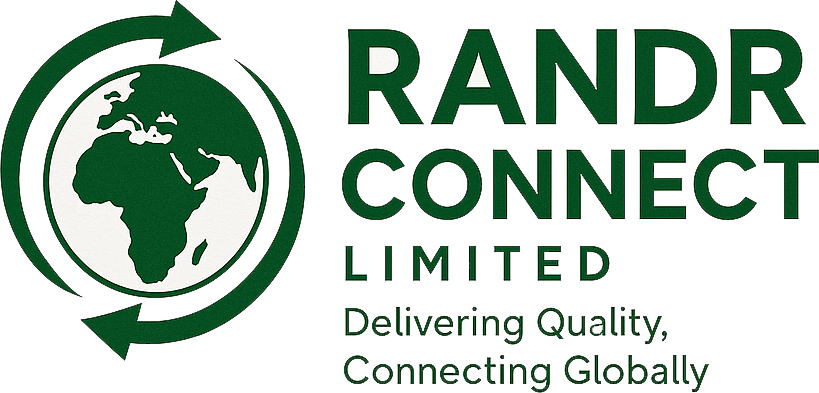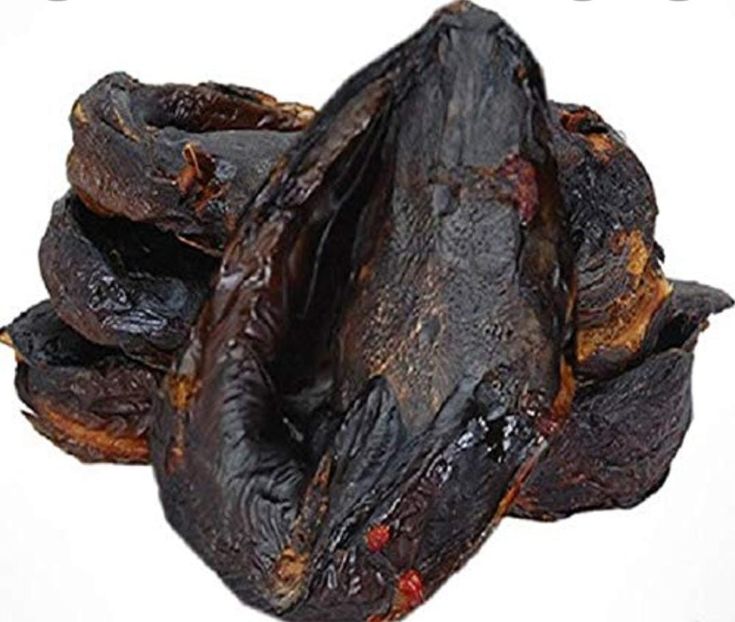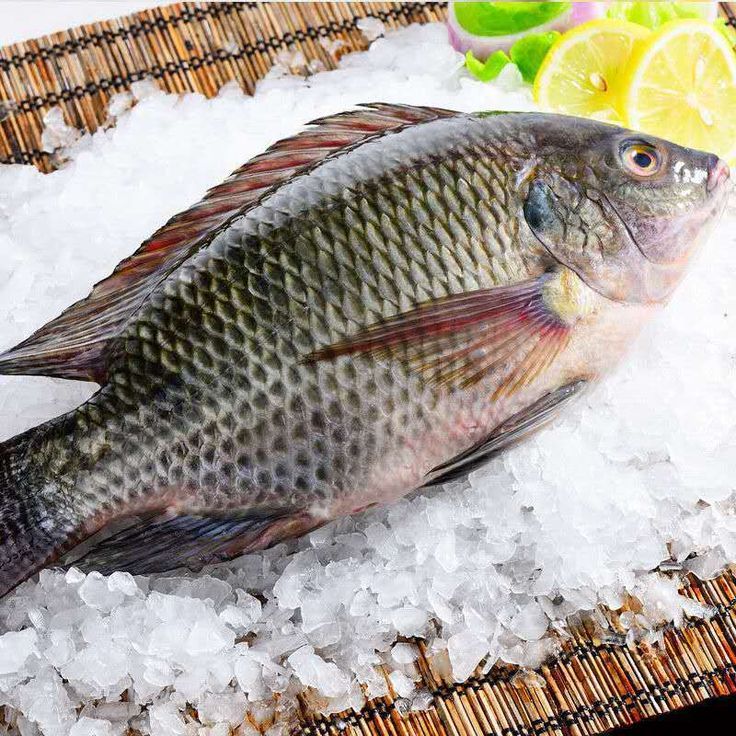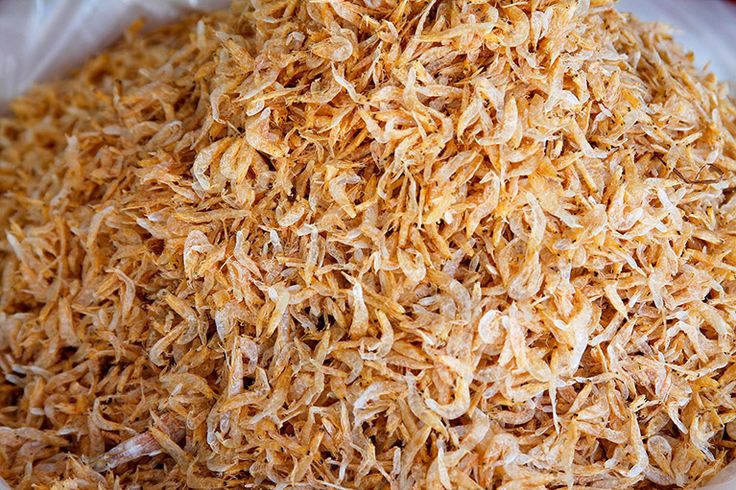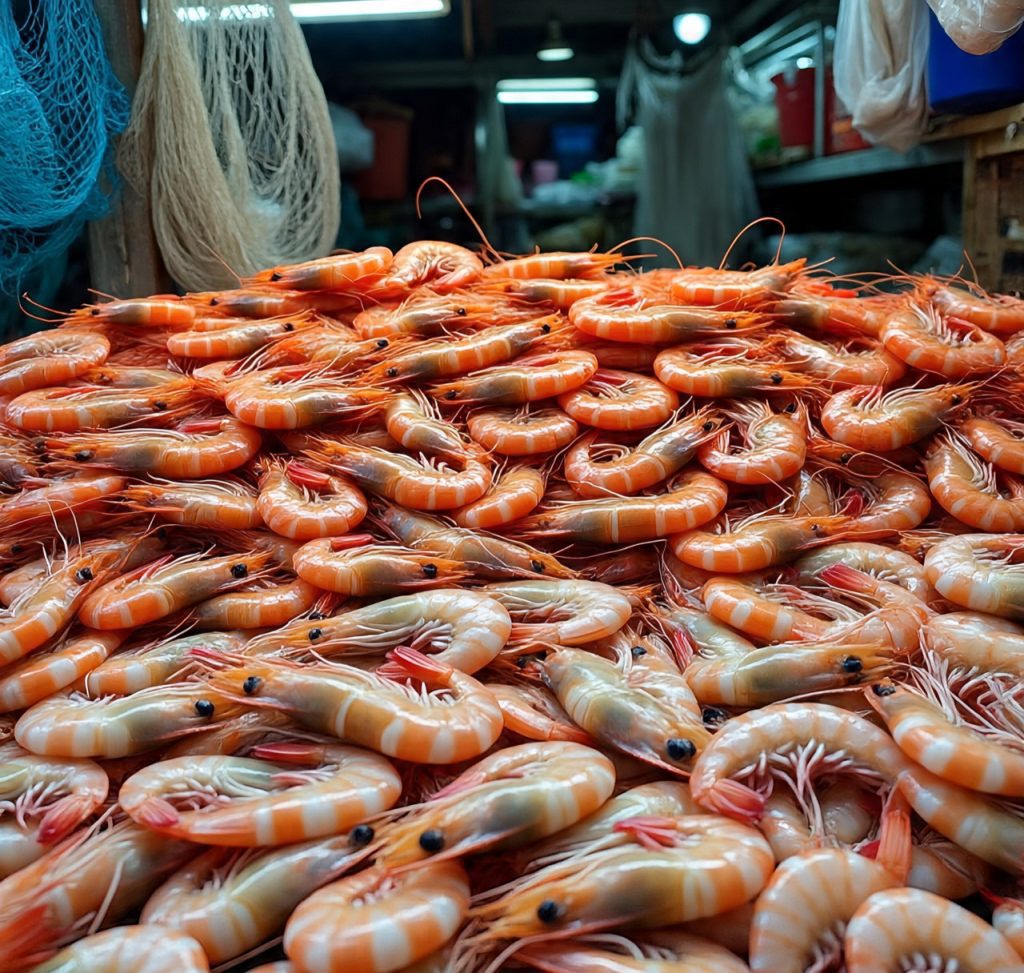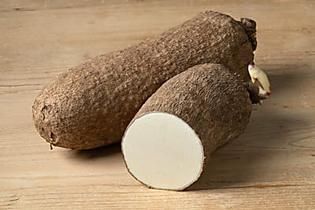Chilli pepper is one of the most widely used spices in the world, known for its hot, pungent flavor. Nigeria cultivates several varieties of chilli pepper, including Ata rodo (Scotch Bonnet), Sombo (Cayenne), and Tatase (Bell Pepper), with major growing areas in Kano, Kaduna, Gombe, Oyo, Ogun, and Benue states. Chilli peppers can be exported fresh, dried, powdered, or in paste/oil form, depending on buyer specifications.
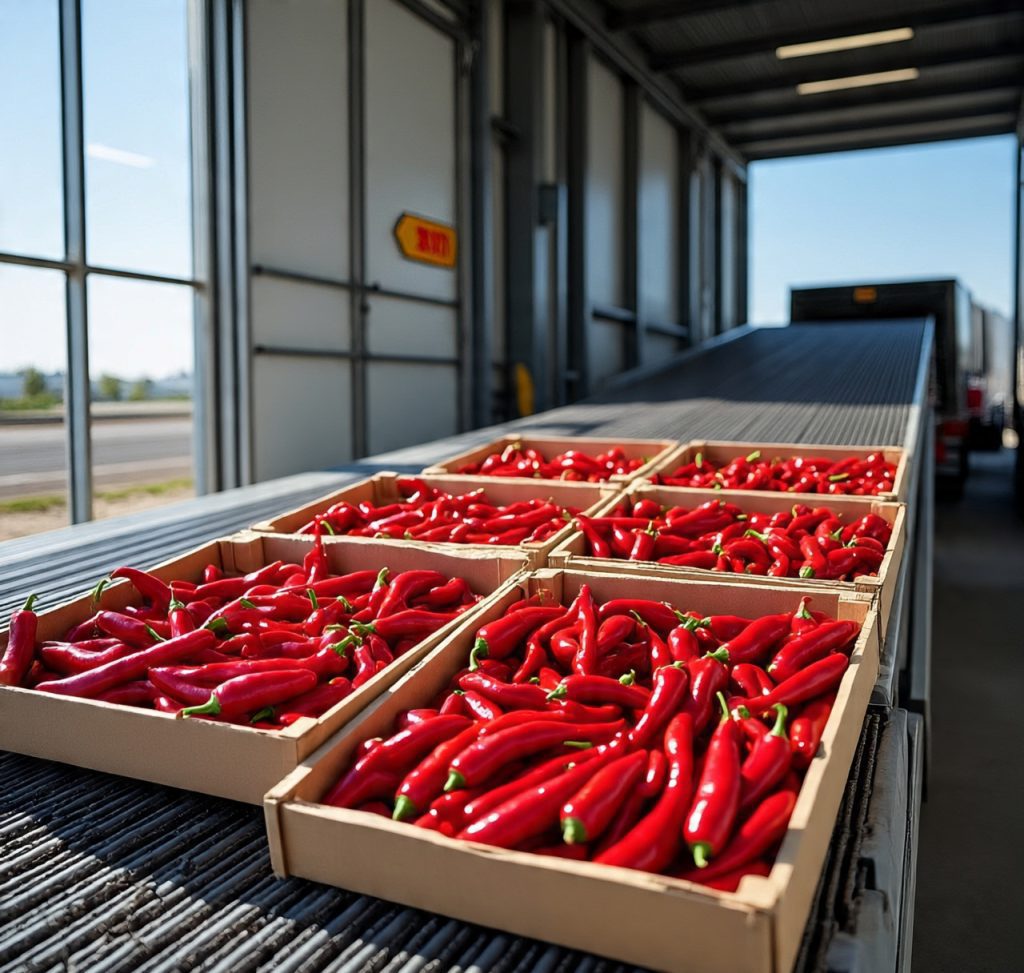
Uses of Chilli Pepper
-
Culinary Use: Key ingredient in African, Asian, and Latin American cuisine
-
Food Processing: Used in the production of hot sauces, spice blends, marinades, etc.
-
Medicinal: Contains capsaicin, which is used in pain relief balms and creams
-
Cosmetics: Used in formulations for slimming and anti-inflammatory creams
-
Agricultural: Sometimes used in pest repellents and animal feed additives
✅ Export Specifications
| Specification | Details |
|---|---|
| HS Code | 09042200 (dried), 07096000 (fresh) |
| Moisture Content (dried) | ≤ 12% |
| Aflatoxin Level | ≤ 10 ppb (EU Standard) |
| Packaging | 5kg, 10kg, 25kg PP or jute bags |
| Shelf Life | 12–18 months (dried) |
| Processing Form | Whole dried, crushed, powdered |
| Minimum Order Quantity (MOQ) | 1 metric ton |
| Origin | Nigeria (Kaduna, Kano, Ogun, etc.) |
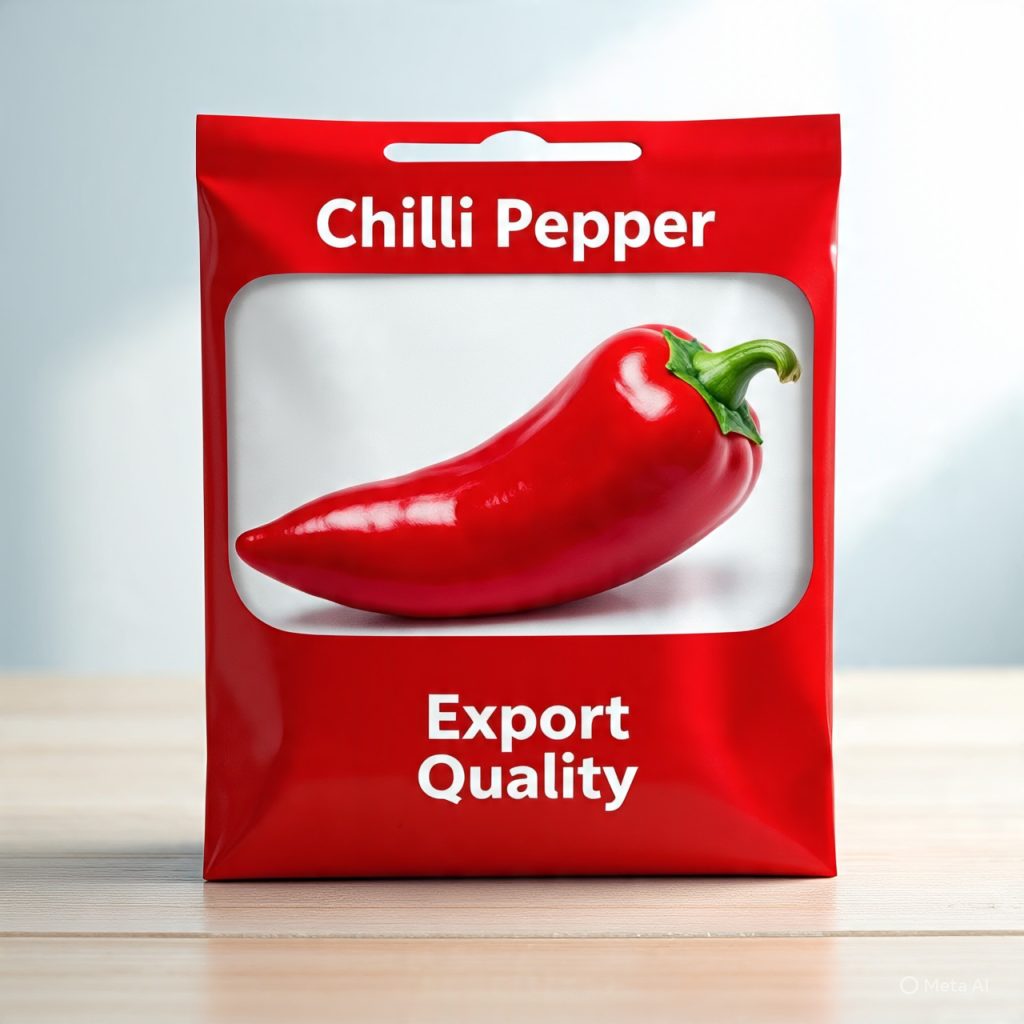
✅ Packaging for Export
-
Dried Chilli Pepper: Polypropylene (PP) woven sacks, or jute bags with inner polyethylene lining to prevent moisture
-
Fresh Chilli Pepper: Ventilated crates or cartons, often air-freighted to preserve freshness
-
Powdered Chilli: Double-sealed food-grade plastic bags, inside labeled cartons
✅ Target Export Markets
-
Europe: UK, Germany, Netherlands
-
North America: USA, Canada
-
Middle East: UAE, Saudi Arabia
-
Asia: India, China
-
Africa: South Africa, Ghana
✅ Export Potential and Profitability
-
Demand: High due to global love for spicy food and health-conscious alternatives to salt
-
Returns: Profit margins are attractive, especially for dried and powdered chilli
-
Market Entry: Relatively easier due to low entry barrier and scalable farming
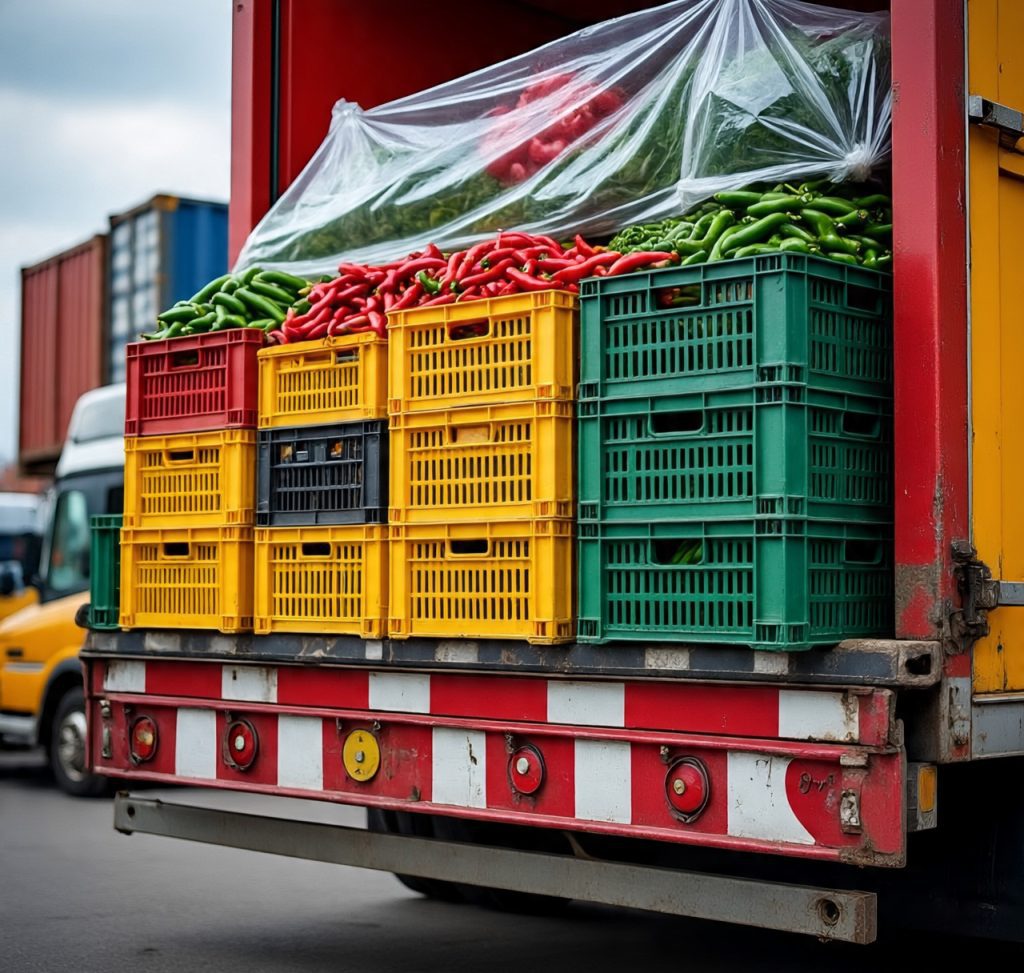
✅ Challenges in Export
-
Strict phytosanitary controls in EU & US markets
-
Risks of aflatoxin contamination if poorly dried
-
Requires proper drying, grading, and sorting
-
Exporters must meet residue levels and labeling standards
✅ Tips for Exporters
-
Use solar dryers or mechanical dryers to ensure proper moisture removal
-
Partner with chilli farmers using organic methods to appeal to health-conscious buyers
-
Work with NEPC or Nigerian Export Promotion Council for support and trade fairs
-
Always conduct lab testing for aflatoxin and capsaicin levels before export
-
Include Certificate of Origin, Phytosanitary Certificate, and proper labeling
